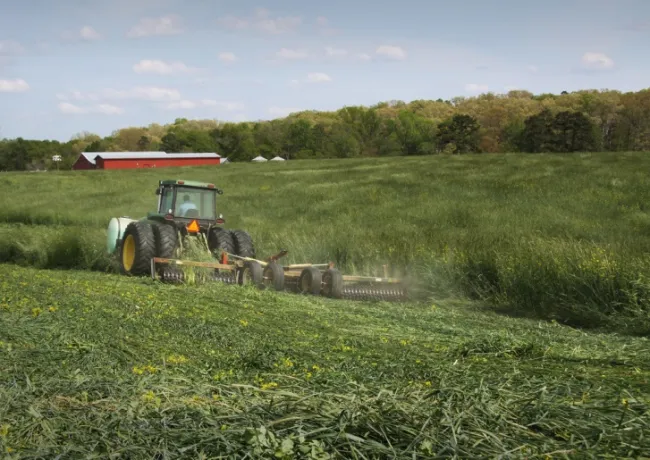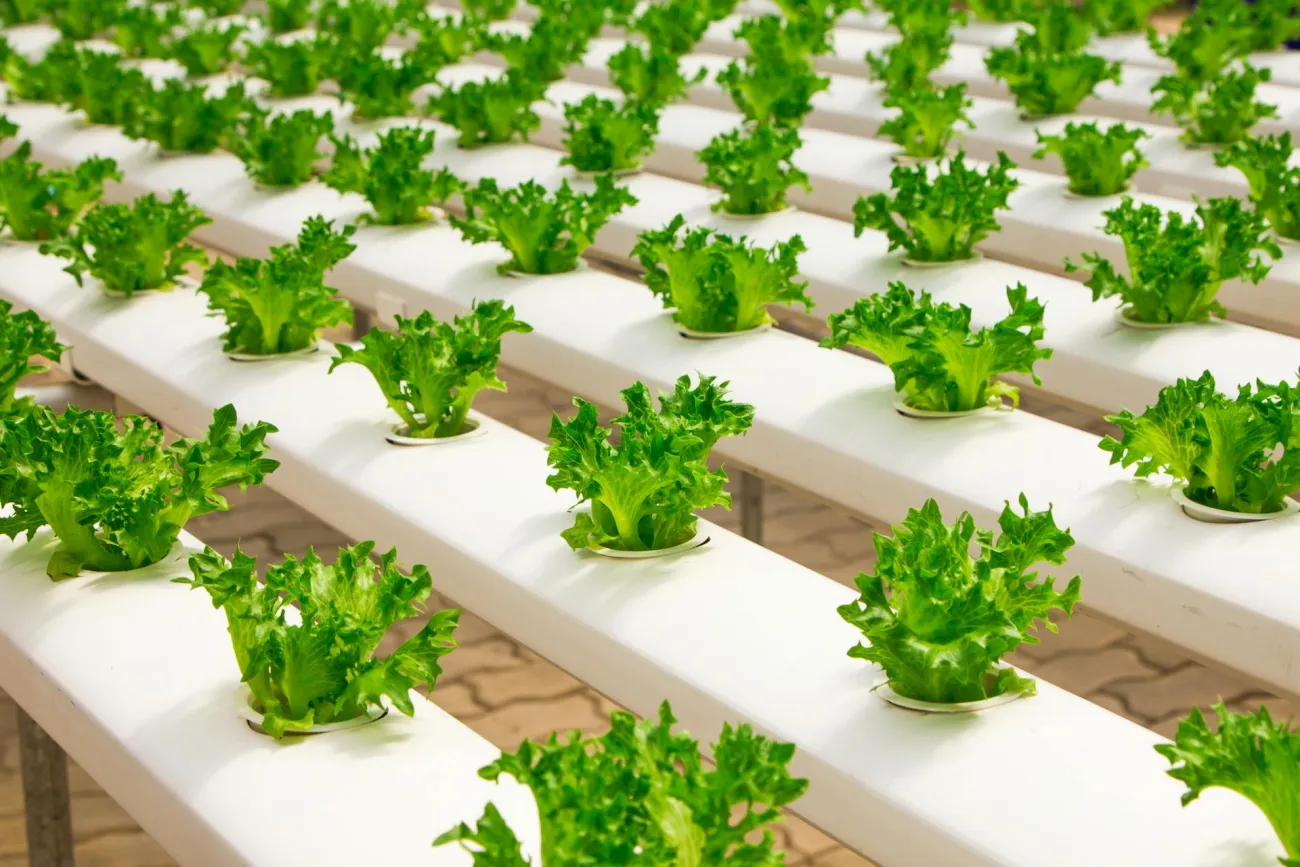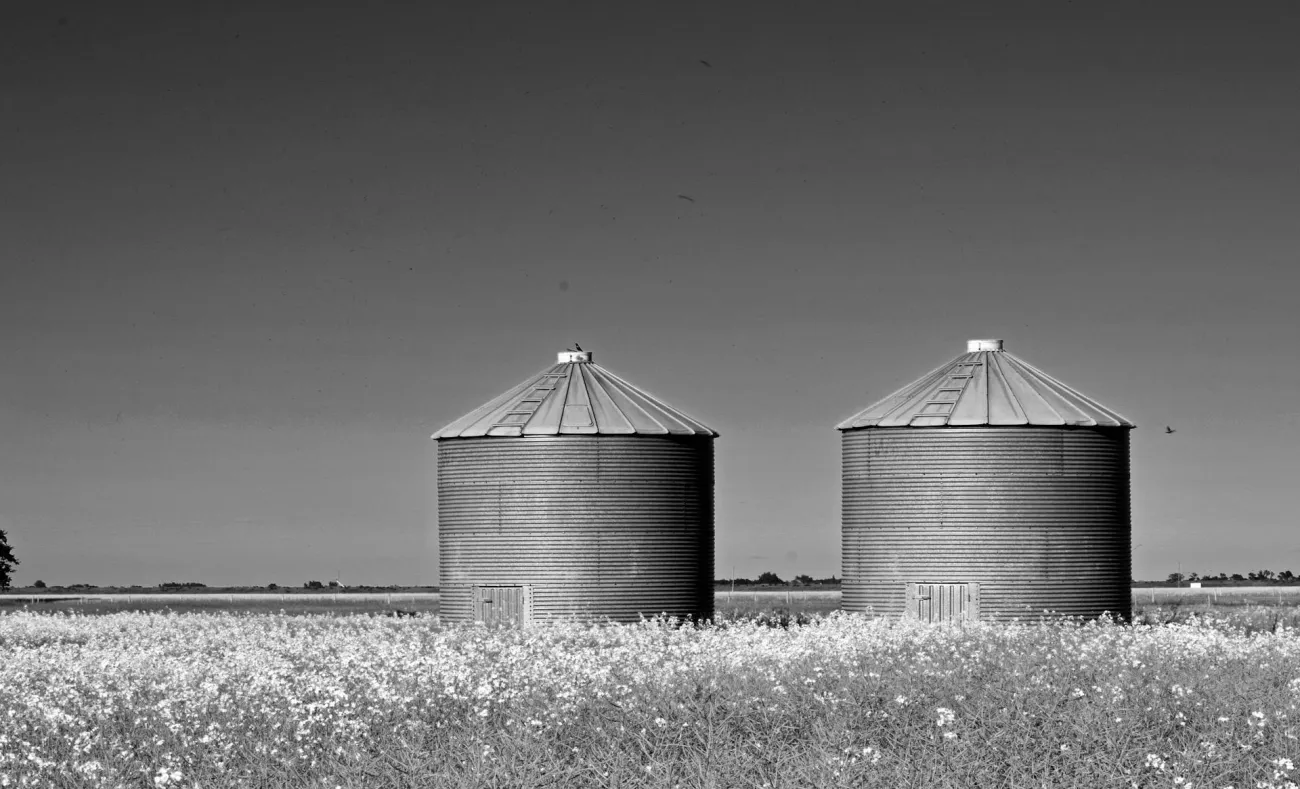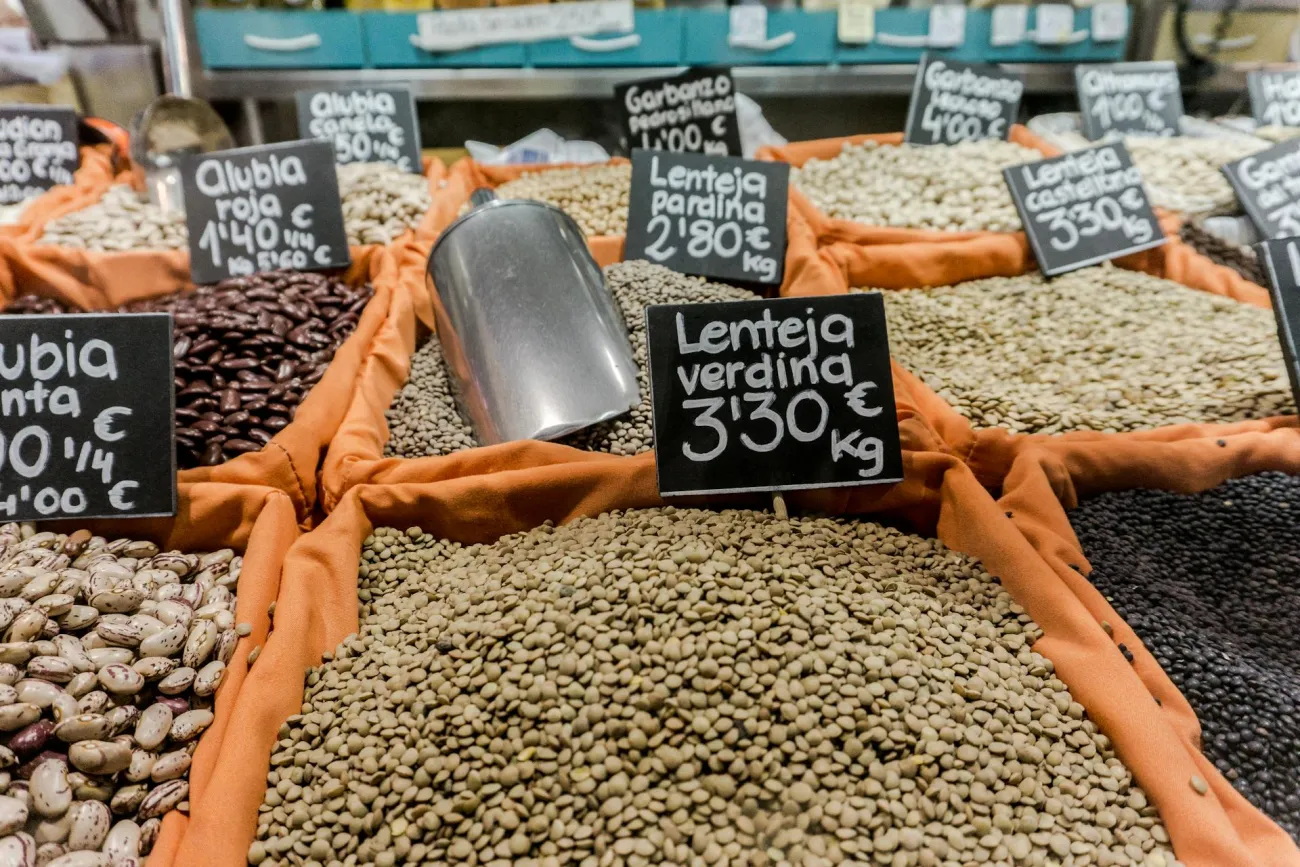No-till farming is a core principle of conservation agriculture where the soil is left relatively undisturbed from harvest to planting. This paper argues that no-till farming appears to hold promise for boosting crop yields only in dry regions, not in cool, moist areas of the world such as Northern Europe.

No-till farming has been promoted worldwide in an effort to sustainably meet global food demand, but in this extensive new meta-analysis, researchers find that it may fail to boost crop yields as much as previously thought.
Study co-author Cameron Pittelkow is quoted in a Science Daily article: "The common assumption that no-till is going to play a large role in the sustainable intensification of agriculture doesn't necessarily hold true, according to our research findings."
Abstract
One of the primary challenges of our time is to feed a growing and more demanding world population with reduced external inputs and minimal environmental impacts, all under more variable and extreme climate conditions in the future. Conservation agriculture represents a set of three crop management principles that has received strong international support to help address this challenge, with recent conservation agriculture efforts focusing on smallholder farming systems in sub-Saharan Africa and South Asia. However, conservation agriculture is highly debated, with respect to both its effects on crop yields and its applicability in different farming contexts. Here we conduct a global meta-analysis using 5,463 paired yield observations from 610 studies to compare no-till, the original and central concept of conservation agriculture, with conventional tillage practices across 48 crops and 63 countries. Overall, our results show that no-till reduces yields, yet this response is variable and under certain conditions no-till can produce equivalent or greater yields than conventional tillage. Importantly, when no-till is combined with the other two conservation agriculture principles of residue retention and crop rotation, its negative impacts are minimized. Moreover, no-till in combination with the other two principles significantly increases rainfed crop productivity in dry climates, suggesting that it may become an important climate-change adaptation strategy for ever-drier regions of the world. However, any expansion of conservation agriculture should be done with caution in these areas, as implementation of the other two principles is often challenging in resource-poor and vulnerable smallholder farming systems, thereby increasing the likelihood of yield losses rather than gains. Although farming systems are multifunctional, and environmental and socio-economic factors need to be considered, our analysis indicates that the potential contribution of no-till to the sustainable intensification of agriculture is more limited than often assumed.
Citation
Pittelkow C. M., Liang X., Linquist B.A., van Groenigen K. J., Lee J., Lundy M. E., van Gestel N., Six J., Venterea R. T., van Kessel C, Productivity limits and potentials of the principles of conservation agriculture. Nature, 2014; DOI: 10.1038/nature13809
Read the full paper here and the Science Daily coverage here. See further resources related to no-till farming practices here and sustainable intensification here.
If you are interested in no-till farming practices, you might also want to read this very interesting paper by FCRN member Ken Giller, Conservation agriculture and smallholder farming in Africa: The heretics’ view in the journal Field Crops Research, which attracted a great deal of comment (see for example here).
And more recently this paper was published in Nature Climate Change: The role of no-till agriculture in climate change mitigation may be over-stated.




Comments (0)